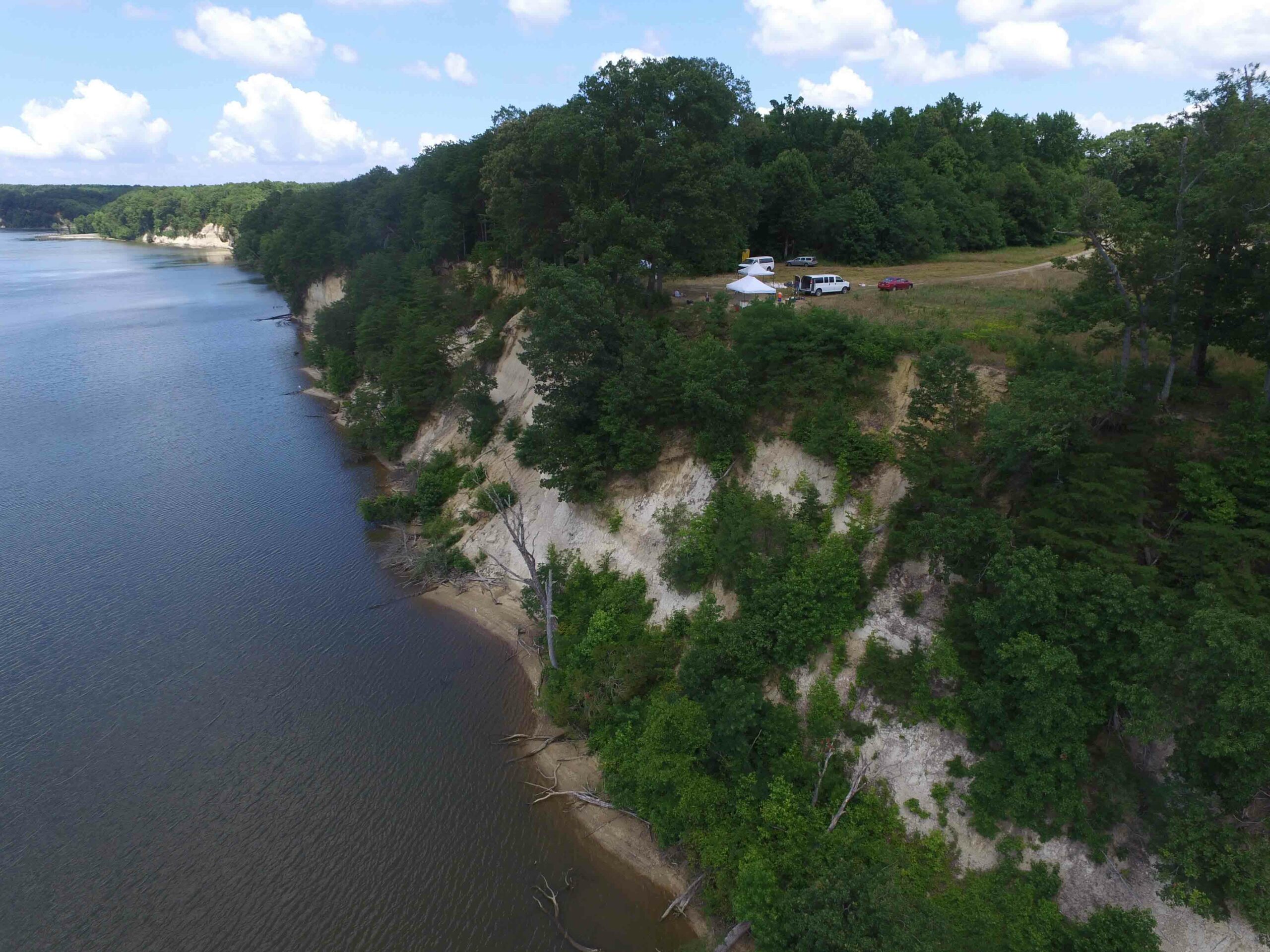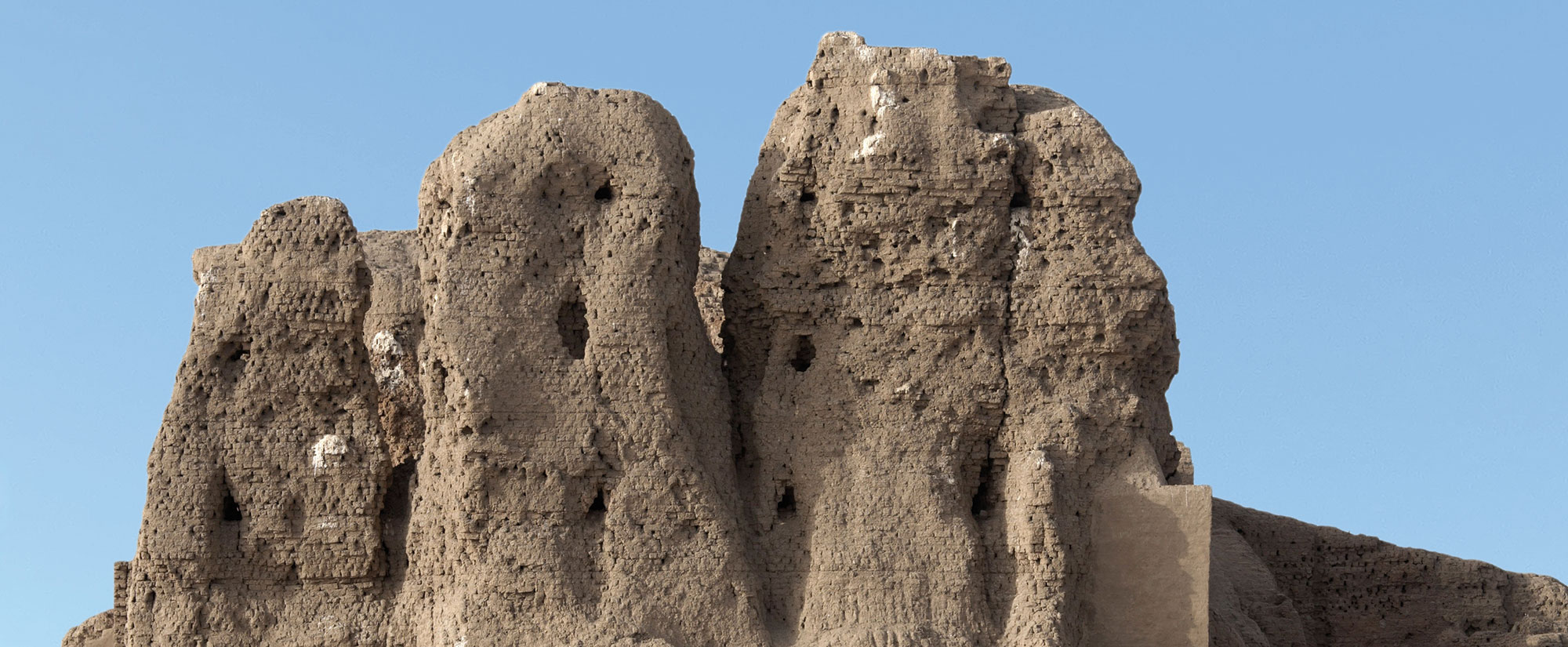WETHERSFIELD, CONNECTICUT—A collection of early seventeenth-century artifacts has been unearthed in north-central Connecticut at the site of the Webb-Deane-Stevens Museum, known for its eighteenth-century buildings, according to an MSN report. Interim co-director of the museum Richard C. Malley said the items were found under a layer of debris thought to have been dumped during construction work completed at the site in 1769 by Silas Deane. The artifacts include copper British farthings dated to the reign of Charles I, between 1625 and 1649; wampum beads made from quahog or whelk shells for trade with the Wangunk and Pequot peoples; a seventeenth-century button; glass beads; and pottery imported from Portugal and Italy. The excavation also revealed traces of a palisade dated to the time of the Pequot War, which took place from 1637 to 1638. The structure is thought to have been built to protect the home of English candlemaker Clement Chaplin and perhaps other early European structures on the site. “There was a paradox there,” explained project head Meg Harper. “They had a fear of Native Americans, but they really needed the food they sold them.” Chaplin returned to England in the 1640s. For more, go to "World Roundup: Connecticut."
Seventeenth-Century Artifacts Unearthed in Connecticut
News November 16, 2020
Recommended Articles
Features March/April 2024
Freedom Fort
In eighteenth-century Spanish Florida, a militia composed of formerly enslaved Africans fought for their liberty

Digs & Discoveries September/October 2021
Maryland's First Fort

Off the Grid January/February 2021
Ouro Preto, Brazil

Features January/February 2021
Return to the River
Members of Virginia’s Rappahannock tribe are at work with archaeologists to document the landscape they call home

-
Features September/October 2020
Walking Into New Worlds
Native traditions and novel discoveries tell the migration story of the ancestors of the Navajo and Apache
 (Courtesy Jack Ives/Apachean Origins Project)
(Courtesy Jack Ives/Apachean Origins Project) -
Letter from Alcatraz September/October 2020
Inside the Rock's Surprising History
Before it was an infamous prison, Fort Alcatraz played a key role defending the West Coast
 (Hans Blossey/Alamy Stock Photo)
(Hans Blossey/Alamy Stock Photo) -
Artifacts September/October 2020
Neolithic Fishhook
 (Svein V. Nielsen, Museum of Cultural History, University of Oslo)
(Svein V. Nielsen, Museum of Cultural History, University of Oslo) -
Digs & Discoveries September/October 2020
Siberian Island Enigma
 (Andrei Panin)
(Andrei Panin)



